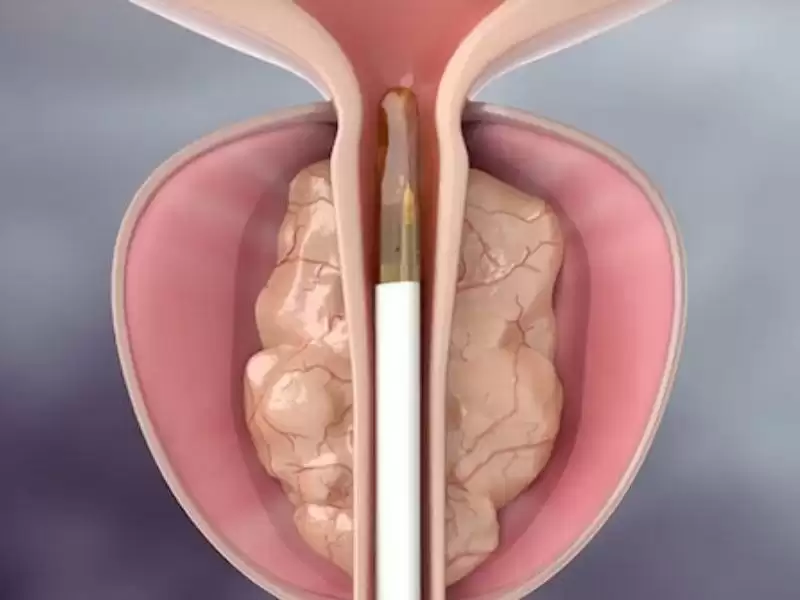HoLEP and ThuFLEP are operations performed using laser beams. Although they have different names, the aim of both surgical methods is to remove the prostate from the capsule. HoLEP is a method using advanced laser technology in the treatment of benign prostatic hyperplasia (enlargement). It is a laparoscopic surgery method performed to completely clean and remove the tissue in treatment of the prostate. It is a frequently used method in the surgical treatment of prostate. Unlike other laser treatments, ThuFLEP emits continuous low-energy that is absorbed in water. It is particularly effective in stopping bleeding. It is a much more effective method for tissues that are stuck together and difficult to separate.
What are HoLEP and ThuFLEP?
What are HoLEP and ThuFLEP? Both methods are used in prostate surgery and are performed using lasers. The HoLEP method is used for benign prostate hyperplasia. Advanced laser technology is used to completely remove the prostate tissue. It is a very comfortable method that gives results as good as open surgery. ThuFLEP also uses a laser, but the difference is the low energy emission that is absorbed in the water. This also has a hemostatic (bleeding-stopping) effect. It is effective for separating tissues that are difficult to separate. Effective for adherent tissues. Which of these methods will be used is decided during the examination. This may vary depending on the patient's conditions.
How are HoLEP and ThuFLEP Performed?
How are HoLEP and ThuFLEP performed? HoLEP is an operation performed under general anesthesia or by numbing the patient from the waist down. Camera instruments are inserted through the patient's urethra (urinary tract). In this method, the enlarged prostate tissue is very carefully separated from the capsule and thrown into the bladder. The tissue in the bladder is broken down and excreted outside the body.
ThuFLEP is also performed under general anesthesia or by numbing the waist down. Camera instruments are inserted from the penis into the urethra. Then the bladder is reached. After the examination, the prostate tissue is scratched and separated by laser. The separated tissue is enclosed in a capsule. The vessels spreading from the capsule into the prostate are easily sealed with the laser method. Very less bleeding occurs.
Who are Eligible for HoLEP and ThuFLEP?
Who are eligible for HoLEP and ThuFLEP? These methods can be preferred by almost everyone. When the prostate is more than 80 grams, open surgeries are usually recommended. Laparoscopic surgery methods can also be performed for prostates weighing more than 80 grams. In general, these are among the safe methods of surgery.
What are the Advantages of HoLEP and ThuFLEP?
What are the advantages of HoLEP and ThuFLEP? Advantages of HoLEP method are:
- It can be performed for almost any size prostate.
- It is an alternative to open surgeries.
- Length of hospital stay is very short.
- They do not damage the sexual functions of the patient.
Advantages of ThuFLEP method are:
- It is more efficient than other laser methods.
- Duration of operation is short.
- It reduces the likelihood of bleeding.
- The operation is completed in a single session.
What is the Difference between HoLEP and ThuFLEP?
What is the difference between HoLEP and ThuFLEP? Both methods are performed by means of laser. The aim of both methods is to separate the prostate from the capsule. One difference of both methods is the laser applied. They are named different as the lasers are different.
Which One of HoLEP and ThuFLEP is More Successful?
Which one of HoLEP and ThuFLEP is more successful? The success varies depending on the medical condition of the patient. Therefore, the patient is examined thoroughly and the method to be applied is determined.


